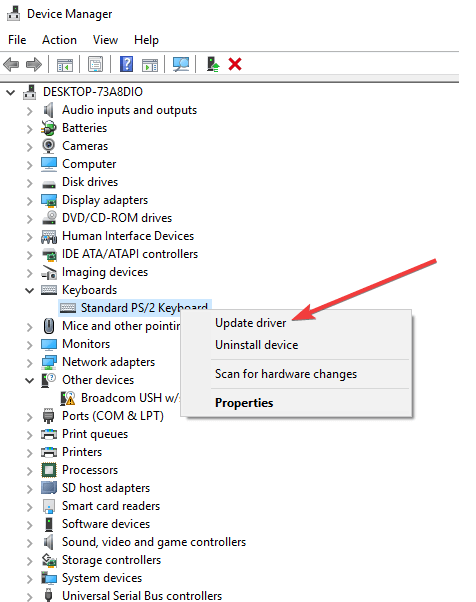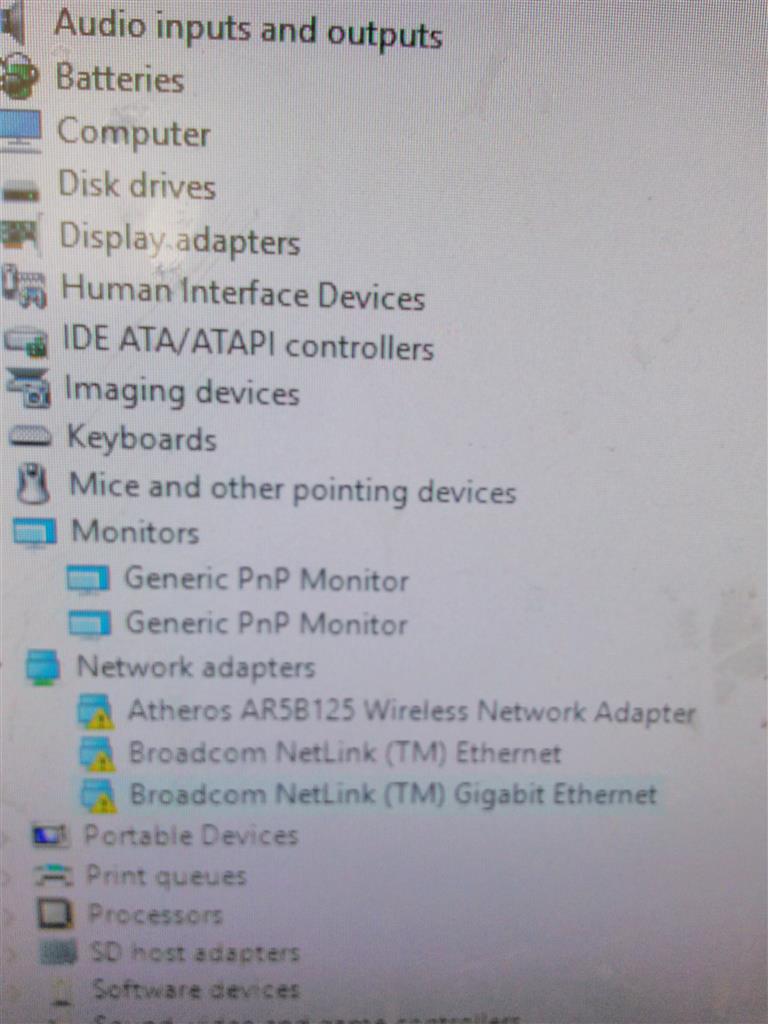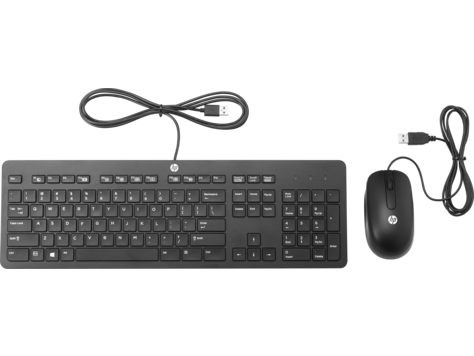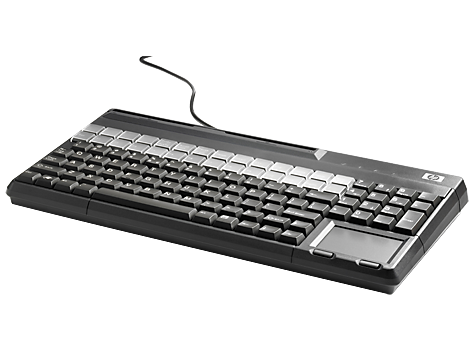MIDI and USB MIDI Controller Keyboards – Under the Hood
- Jan 24, 2019 Tech support scams are an industry-wide issue where scammers trick you into paying for unnecessary technical support services. You can help protect yourself from scammers by verifying that the contact is a Microsoft Agent or Microsoft Employee and that the phone number is an official Microsoft global customer service number.
- The sample keyboard filter driver Kbfiltr defines the KbFilterServiceCallback callback, and the sample mouse filter driver Moufiltr defines the MouFilterServiceCallback callback. The sample filter service callbacks can be configured to modify the input data that is transferred from the port input buffer for a device to the class data queue.
What is MIDI?, Why do I get a delay when playing an instrument from my keyboard? What are MIDI CC messages?
Generally, Microsoft’s generic drivers are enough for proper interaction between the Keyboard and the Operating System or the device comes preinstalled with the driver that gets installed in the computer the first time. But if you are facing issues with the device, the below tutorial will work for Windows 10/8.1/7 to update the Keyboard Driver.
If you are new to MIDI and computer music all of this may seem very daunting but do not despair, it’s not as complex as it may seem. With MIDI as with almost everything else, basic knowledge is enough to get you going and expertise can evolve while you do what you enjoy the most, the creation, making and recording of music.
First things first, getting the system up and running.

A typical computer music setup consists of a PC or Mac computer, music software (some products are referred to as DAW’s), a USB controller Keyboard such as Acorn Instruments Masterkey, a sound card and a speaker system.
- The keyboard is connected via USB to the computer.
- The computer runs the software.
- The keyboard controls the software.
- The software generates digital information representing the sound.
- The sound card converts the digital sound information in to analog signals.
- The analog signals activates the speakers and then generates the sound that you hear.
Getting a system up and running for the first time therefore involves installing software, updating operating systems and installing drivers. Thankfully the MIDI controller part of it is typically easy, particularly if you have bought a USB class compliant device such as the Acorn Instruments Masterkey. That a device is class compliant means that it complies with USB standards and therefore uses a generic USB driver implemented in the operating system. There is therefore no driver to install and a USB class driver is seen by the operating system when the device is connected via USB.

A USB class compliant controller keyboard can be plugged in to any windows computer from Windows XP and up or Mac OSX, without installing any driver.
Installing Software
Installing music creation software is no different than installing any other piece of software. Make sure your computer meets the recommended system requirements and make sure to check the manufacturer’s website for latest updates. The most common type of software is called a DAW an abbreviation of Digital Audio Workstation. A typical DAW has the ability to record and play back multiple tracks of audio or MIDI, run plug-ins to add audio effects and virtual instruments (also called VI’s) plus provide audio and MIDI editing facilities. The VI is a software plug-in or standalone software product which generates the sound triggered by the USB controller keyboard, when you hit the key. Without a VI the keyboard would not trigger sound in the computer system so its important to check that your DAW has some instrument plug-ins as standard. The Presonus Studio One Artist product that’s included with Acorn Instruments Masterkey series comes with 3 different instruments as standard. If you are using another DAW, make sure to check that it already has VI’s included and if not, check which ones are available for it.
DAW’s as well as stand-alone instrument software work with a USB class compliant device so once you have plugged in your keyboard, installed the software, you have completed the first part.
The following is a list of some manufacturers of music creation and standalone instrument software:

www.ableton.com
Getting Sound
Sound cards come in many shapes, sizes and configurations. In fact, a modern computer will often come with a sound card build in for the purpose of playing back music or for use with Skype etc. A build-in sound card can be good enough in the beginning but there are several reasons why you may want to consider a separate option.
- Build in sound cards can have very high audio latency. Latency is the time it takes for the audio to travel from the software, through the operating system and the driver to the sound card before finally being played through the speakers and reaching your ears. If you hear sound delayed either when recording through an audio input or by playing a VI from your USB controller keyboard you are experiencing latency.
- Quality of sound. Because build-in sound cards are typically designed for communication and not music making, the quality can be very poor, and is at best, average.
- You may also want more options that the typical stereo in/stereo out configuration that are typical of build-in sound cards.
A sound card consist in its most basic form of an Analog-to-Digital converter (A/D) and a Digital-to-Analog converter (D/A). The A/D converts an audio signal from the analog domain to digital binary data which the DAW can work with.
The D/A does the reverse by converting digital binary data to an analog signal that can be amplified by the speaker system.
In essence, you use the A/D to record sound in to the computer and the A/D to play back the recorded sound or play back digital sound created by a VI. Whether you record or play back, its sensible to have as low a latency as possible (its not possible to eliminate latency entirely, only keep it below a noticeable level). A good sound card will therefore come with a custom sound card that optimizes the path from the software to the DA delivering latency performance below 10ms. When choosing a sound card, you may also want to consider what kind of input and output configuration you will need, how many mic pre amps as well as headphone sockets as well as of course the performance specifications. When installing the driver for your chosen sound card, always check for the latest version on the company’s website. Often the drivers supplied with a product are not the latest, due to the lag time between driver updates and rolling in to production.
Here is a list of some manufacturers who offer sound cards for computer music products.

With the keyboard connected, software and sound card installed the last step is to connect a speaker system to the output of your sound card. With all that done, create an instrument track in your DAW, make sure a VI is selected, play the keyboard to make sure you are getting a signal by checking the mixer metering and then turn up the volume of you speaker system gradually. Your computer music system should now be alive.
Recording with a USB MIDI controller keyboard
With everything up and running, it’s easy to record your performance in your DAW. Every DAW has transport similar to that of an old fashioned tape recorder (remember those) so simply press the usually red record button and start playing. When you stop the recorder, you should see your first part in the arrangement window. But what you have recorded is not sound. When you record with a USB controller keyboard such as Acorn Instruments Masterkey series, you record MIDI data rather than audio.
MIDI is an abbreviation of Musical Instrument Digital Interface and was conceived in the 1980’s to allow electronic instruments to talk to each other. You can read more about it on the MIDI Manufacturers Association’s website http://midi.org.
About MIDI
Drivers Generic Keyboards For Ipad 10.2
In its most basic form, MIDI simply sends data of movement. So when a key is hit on the Masterkey USB controller keyboard, Masterkey sends information such as which note was played, how long it was played for and at what velocity level (force). This data is then recorded by the DAW for further editing. If you open the MIDI edit window in your DAW following the recording of MIDI data you will see a grid window which is somewhat similar to how the old self-playing player pianos you see in westerns work. Paper would move from one roll to another at a steady tempo with cutouts in the paper telling the mechanics which note to play and for how long. Punch a few holes in the paper and more notes would play, whether desirable or not.
Drivers Generic Keyboards Windows 10
The MIDI editor works the same way but with the added convenience of modern software technology. You can move the note both in terms of time and note value, change its length and change the velocity it was played with. The flexibility of being able to perform detailed editing on a note by note basis is what makes MIDI attractive over say just recording the audio of an instrument to an audio track. You can even delete or insert notes just like you can add and delete letters in a word processor.
MIDI CC
But there is more to MIDI than note events. An event type called a MIDI Continuous Controller event (or MIDI CC) allows you to control parameters on the VI. The Acorn Instruments Masterkey USB controller keyboard series for example has two wheels labeled pitch bend and modulation. When you move the pitch bend wheel, you will increase or decrease the pitch of the note. Moving the modulation wheel will add modulation. These are standard parameters that all instruments respond to and each will be recorded by the DAW. Typically the editor will have a lane window which shows the curves of your movement once the data is recorded and you can use a pencil or line tools for editing.
Because of MIDI CC’s its therefore possible to control parameters in your DAW and not just musical note data. You could for example control volume in your audio mixer, effects parameters or every single parameter in a VI for quicker and more tactile editing. On Acorn Instruments Masterkey series USB controller keyboards we added 4 MIDI CC pots and 1 fader for this purpose (as well as the pitch bend and modulation wheels). These are set to the standard MIDI CC values for controlling the following parameters:
Fader7Volume
C174Brightness (cut-off)
Drivers Generic Keyboards For Laptops
C271Timbre (Resonance)
C373Attack time
C472Release time
For a complete list of MIDI CC’s, click here http://www.midi.org/techspecs/midi_chart-v2.pdf and check page 6. The entire pdf document is excellent reading for a more detailed insight to MIDI messages.
Drivers Generic Keyboards For Gaming
Many DAW’s have the ability for a parameter to learn a MIDI CC. If yours doesn’t, you may need to consult the software manual as there may be a software chart that shows which MIDI CC to program to control a particular parameter. MIDI CC’s allow you to experience software products as if they were hardware but it also enhances your creative options by enabling you to edit your controller movements.

Drivers Generic Keyboards For Windows 10
If you are new to USB controller keyboards and MIDI, get started by reading our under the hood guide. How it all works is explained in simple terms with links to websites that can help you with more in-depth information.